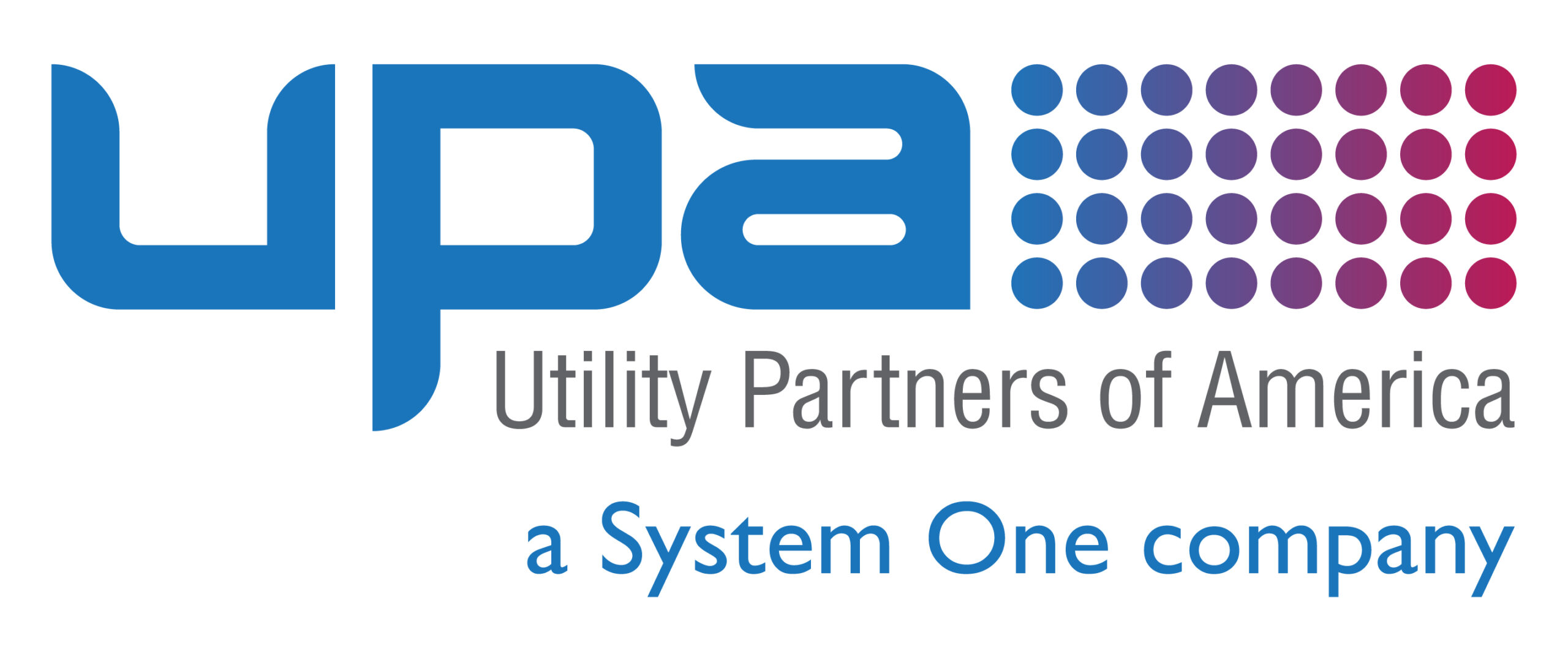It goes without saying, but anything capable of burning is subject to becoming fuel for a fire. While that might not mean much for backyard fire pit enthusiasts who are happy to throw on another oak log as the temperature dips on a cool winter night, it can be devastating in large areas thick with overgrown vegetation. We can’t say for certain how many of the nearly 60,000 wildfires that occurred in 2021 happened or worsened due to overgrown vegetation, but it’s safe to say it’s a problem. However, wildfires aren’t the only unplanned occurrence affected by overgrown vegetation.
High winds, tornadoes, hurricanes and other perilous weather patterns can cause trees and branches to fall. This impacts millions of people. In fact, the Federal Energy Regulatory Commission (FERC) refers to tree contact with transmission lines as “a leading cause of electric power outages and a common cause of past regional blackouts.” FERC goes on to say that a similar event was the genesis of the August 2003 blackout. This event resulted in some 50 million people in the U.S. and Canada losing power.
To help minimize the potential of fire, adverse weather and overgrown vegetation causing a power outage, many utilities have become more proactive in their efforts with advanced analytics.
How advanced weather analytics work
Many weather-related variables can impact a utility’s operations and ability to faithfully serve its customers. Fortunately, these utilities can deploy advanced weather analytics that offer a more comprehensive (and earlier) look at those different variables.
For example, utilities can now not only track wind gusts and wind direction, but some analytics platforms allow you to enter in detailed information for when operations are expected to be compromised. Even better, utility leadership can receive an automated alert ahead of expected conditions wreaking havoc on existing infrastructure or vegetation. In addition, these platforms forecast out what weather conditions will look like in the coming days so that the utility can better plan and safely schedule tasks like drone flying, regular maintenance and customer visits.
Advanced weather analytics helps utilities keep their employees safe, more adequately prepare for storms, and protect assets and infrastructure.
Pairing advanced weather analytics with automated vegetation management technology
Though the advanced weather analytics give utilities notice about approaching weather, that technology is only part of the solution. Not to mention, it does very little to prevent the spread of wildfires. Utilities would be wise to also employ technology that improves vegetation management. Doing so will not allow it to become overgrown and a risk hazard.
There are several emerging forms of technology that can benefit utilities in this regard, each in different ways. We mentioned drones earlier, as utilities are using drones more than ever. These high-flying devices give utilities an eye in the sky that may not be otherwise possible. This approach also helps the utility avoid putting their employees in situations involving heights that could be dangerous. Other bits of technology are helpful in better identifying overgrown vegetation. Any growth encroaching on a critical asset are AI-based visual recognition software and satellite imagery.
But as we all know, the best way to avoid overgrown vegetation is to regularly trim all vegetation within the utility’s footprint. Historically, this task has been challenging for utilities who struggle to keep tabs on which sections were due for trims. However, field service management software can be used to schedule tasks and document any areas that have already been addressed.
Utility Partners of America works with utilities just like yours
UPA understands the importance vegetation management has on the health of your assets and capacity to serve customers. For the last 25 years, we have partnered with utilities and energy cooperatives on many tasks, including vegetation management. To learn more about what we can do for you, we encourage you to contact us by filling out this form or calling (888) 667-1411.




